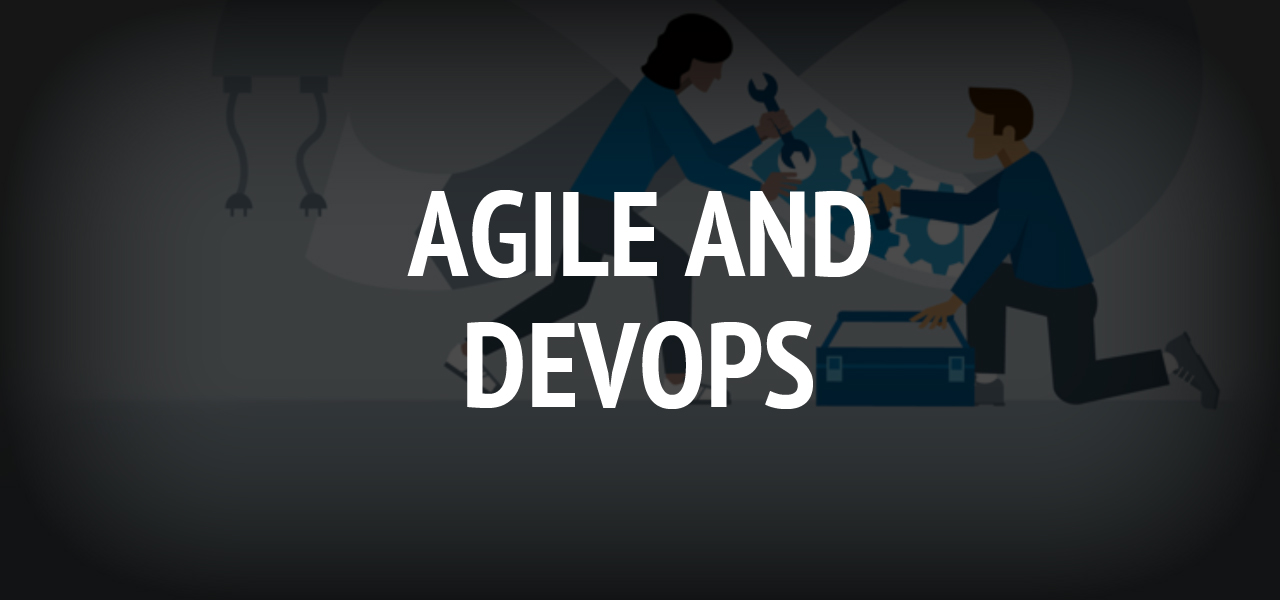Agile and DevOps

Agile is a set of methods and practices for flexible project management in different application areas, from software development to marketing strategies, in order to increase the speed of creating finished products and minimize risks through iterative execution, interactive interaction of team members and quick response to changes.
4 key Agile ideas focus on the flexibility and adaptability of this approach:
Effective interaction between people is the basic means of achieving goals;
A really working product is the main value;
Changes that can improve the quality and competitiveness of the product are welcome at any stage of development;
Contract, technical and other regulatory documents are secondary in importance to a working product and cooperation between project participants.
These ideas are revealed in the 12 Agile Manifesto principles:
a working competitive product that satisfies the customer is the best indicator of progress and a measure of efficiency;
prompt and uninterrupted delivery of a product that satisfies the customer;
adaptability of the product to new requirements that can increase its value and competitiveness (the ability to make changes at any stage of development);
simplicity and transparency of technical solutions, documentation, processes and tools, so as not to create unnecessary work;
Frequent delivery of a functioning product (once a month / week or more often);
constant pace of work of all project participants throughout its entire period;
minimization of organizational and information barriers, the best way to transfer information is a personal face-to-face conversation;
close and daily communication of performers with the customer throughout the project;
motivation of project participants and providing them with all the necessary working conditions, support and trust;
self-organization and self-control of the project team;
continuous improvement of the professional competencies of the project team;
systematic analysis and constant search for opportunities to optimize team and individual work.
Development is expensive, and for it to pay off, you need to get products to market quickly, stay ahead of the competition, and be flexible in responding to changing user requirements. You can connect to the devops service provider company.
DevOps can help with this - a special approach to development that allows you to automate workflows and quickly release finished IT products. The classic development process consists of three separated stages:
first, the team of programmers - Dev - writes the code and builds it;
then the QA / QC team of testers takes the code from the programmers and tests it;
finally, the team of administrators - Ops - installs the tested code on "production" servers, that is, serves it to users.
The problem with this approach is that all three stages are not well connected:
programmers write code, and they don't care what happens to it next;
testers can test the wrong version of the code for three days, because they forgot to transfer the new one;
administrators install the code on "production" servers, but nothing works: the configuration there is not the same as that of the testers.
And development is also slow, because tasks between programmers, testers and administrators are transferred in groups, and not in a stream. For example, administrators first collect a bunch of complaints from users and only then pass it on to programmers. Programmers fix, testers test - and it takes a long time to update with bug fixes.
About The Author
Related Blog
View All-
5 Digital Tools Every Contractor Needs For Success
Some aspects of being a contractor never seem to change. You can always count on measurements, the need for the right materials, and invoicing to be consistent in this industry. But how people do business is constantly evolving and impacting contractors nationwide. ...
-
Why We Create Mobile Apps Using Notch
If you would like to increase your clients, in the digitally world, then this would be the greater option. The title of this app is efficiency and scalability. We should understand how to design for clients, they will return to, and climb to encourage each person ...







